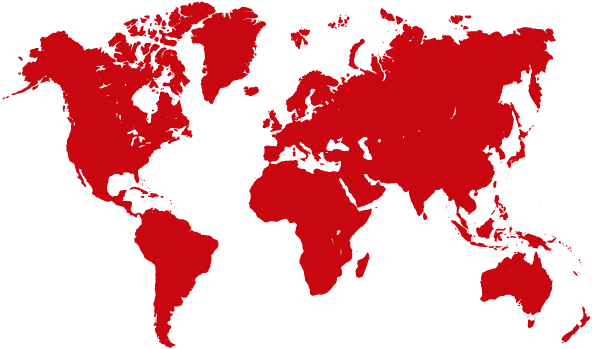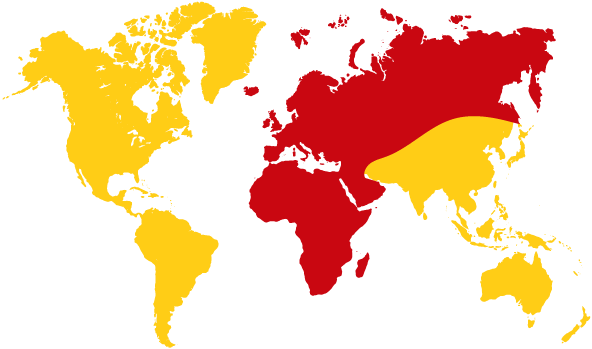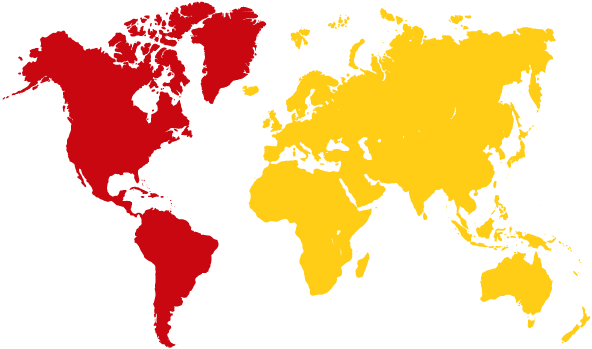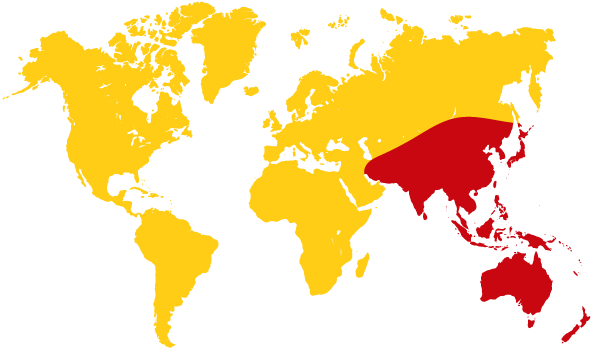The latest official death toll in the Philippines from the world’s strongest
typhoon ever to reach land on November 8 has reached 5,719, with 1,779 still
missing.
After weeks of deployment the Philippines Amateur Radio Association (PARA)
has stood down its HERO (Ham Emergency Radio Operations) Network, although
some still remain in the disaster clean-up.
PARA Vice Chief Operating Officer, Ramon Anquilan DU1UGZ said while this
has occurred, four stations (Thelma DU1IVT, Jojo DU1VHY, Romy DV1SMQ and
Panny DU1EQ) are monitoring for any assistance from the local HERO stations.
There is a long way to go in the aftermath of this disaster with over 26,000
injured, four million people displaced, 1.2 million houses destroyed and
extensive damage to agriculture and infrastructure in the central Philippines.
He said that PARA and its HERO Network stations realise that a tremendous
amount of vital emergency communications has been given to rescue and relief
agencies, but still has plenty of tasks ahead.
Ramon DU1UGZ said this includes accurately documenting what has occurred
with the HERO Network, gaining recognition by the authorities and communities,
and furthering of its role in disaster preparedness.
Already greater recognition of HERO is starting to appear among the authorities,
and PARA is making sure its role is not lost in the enormity of this tragic
disaster.
The hard hit Tacloban area is where General Douglas MacArthur landed in 1944
to oust the invading forces from the Philippines during World War II.
In Tacloban and the rest of Eastern Visayas, ACCESS‑5 continues to be embedded
with the Command Post National Disaster Risk Reduction and Management Council
(NDRRMC) in Tacloban City. Operators are Jerick DV5JMS, Mario 4F5MM, and
Pio DW5PIO.
ACCESS‑5 Tacloban is now augmented by some 35 ACCESS‑5 members from Catbalogan,
Samar and Burauen, Leyte. The additional people make their roles in the
clean-up and recovery operations more manageable.
The PARA Secretary General, Butch Pacana DU1RP drove from Davao City to visit
HERO stations in Borongan, Eastern Samar and Tacloban City.
While in Borongan, he had the chance to act as courier for the SitRep (Situation
Report) from Eastern Samar to Tacloban City. The report carried by Butch
DU1RP is the very first official situation report from Eastern Samar.
This greatly helped provincial officials find a suitable means of transport
to Tacloban. His report is that HERO operators are coping well and up to
the task.
Still on Borongan, the Don Bosco officials maintain their HF link between
Borongan, Eastern Samar, Cebu and Mandaluyong in metropolitan Manila, to
try and normalise youth activities.
In the Central Visayas, Iver DV6ILA is still operational at the Capiz Provincial
Disaster Risk Reduction and Management Council (PDRRMC) in Roxas City.
The signal of Iver DV6ILA has considerably increased with the donation of
an Icom IC730 to the station by Bing Rodriguez DU6RCR, with a suitable microphone
loaned by Bob Garcia DU6BG.
Arnel DV6WAV reports that electricity is back at the Capiz State University
where he’s a professor and has activated another VHF/HF station.
Other HERO stations also remain active, occasionally reporting on their activities
and giving progress reports on the restoration of services.
Ramon DU1UGZ said that PARA now had a permit to import equipment, and its
Board will meet on the placement and use.
He acknowledged a donation by Patrick Prescott KC1AJT who sent a package
containing an Alinco DX-SR8J HF transceiver, and an Alinco EDX2 tuner by
Stanley Jungleib WA6LVC. ARRL Ham Aid Kits are also expected by the PARA
Office.
In the media relations both Nathan Eamiguel DU5AOK and Ramon Anquilan DU1UGZ
have featured with a 40–minute interview on the GMA Network AM radio station
DZBB on Saturday November 23.
“The program’s host, Francis ‘Kiko’ Flores, welcomed the participation of
amateur radio in the emergency.
“He recalled his own experiences in the 1991 Baguio earthquake where he personally
experienced the usefulness of amateur radio emergency communications,” said
Ramon DU1UGZ.
That interview was in addition to those on BBC radio, and NPR in the United
States organised by the ARRL.
— Jim Linton VK3PC, Chairman IARU Region 3 Disaster Communications Committee.



